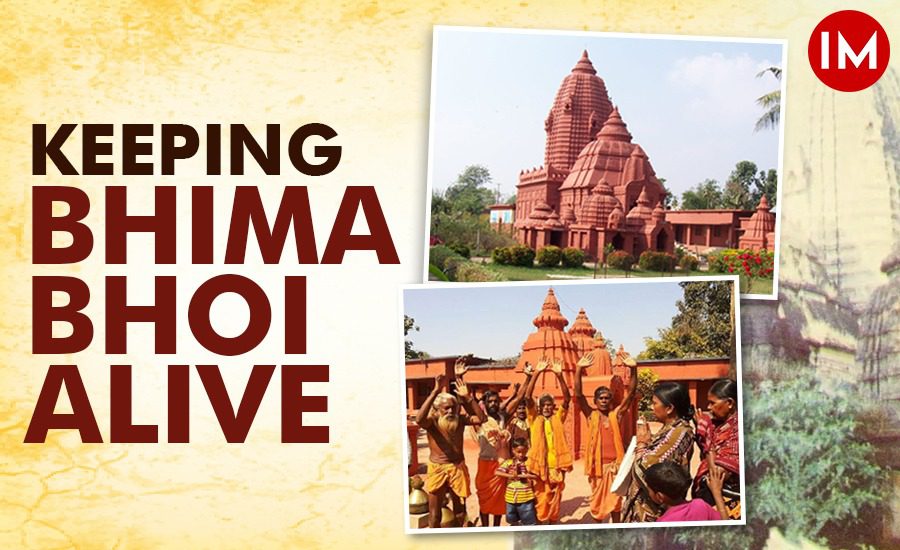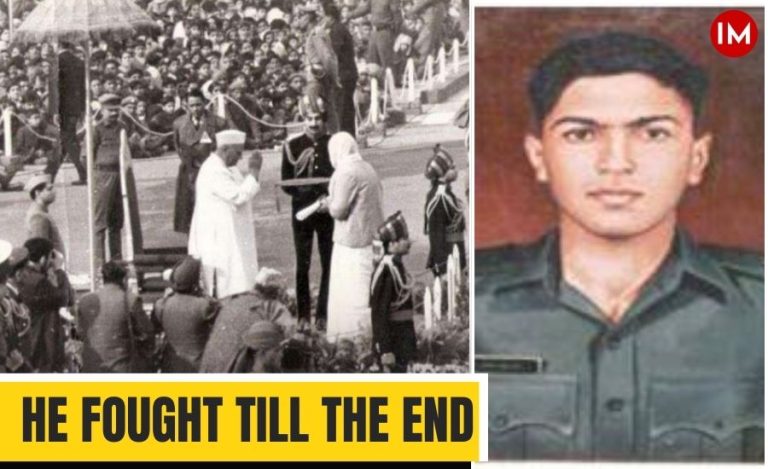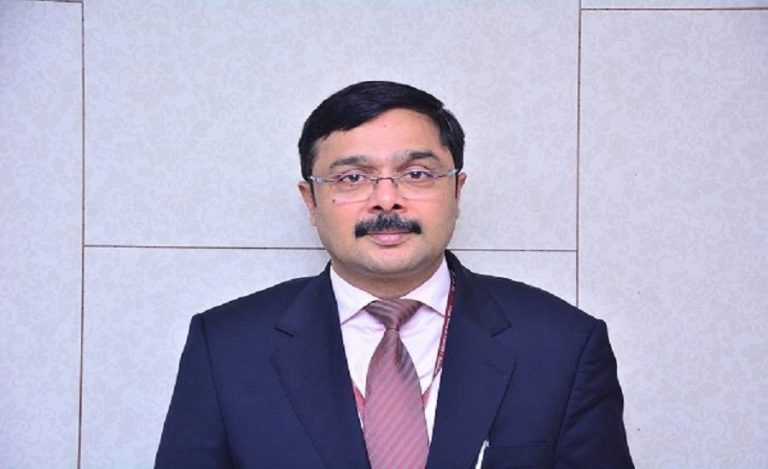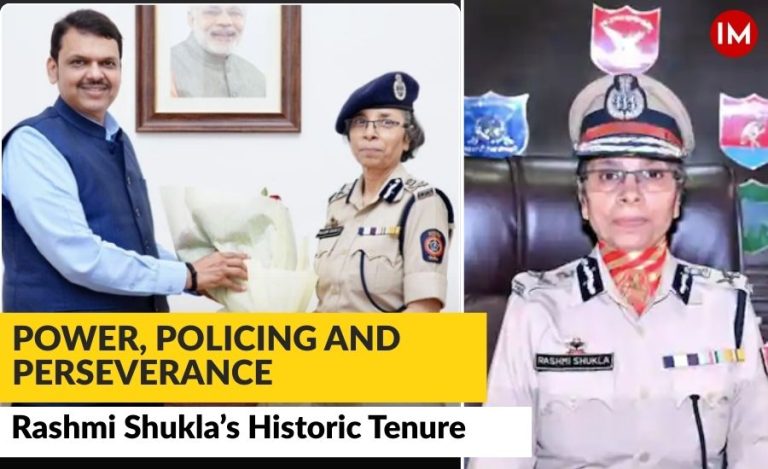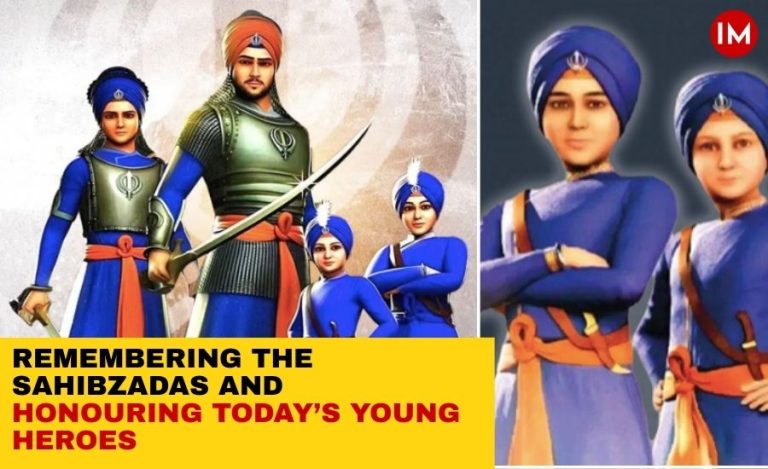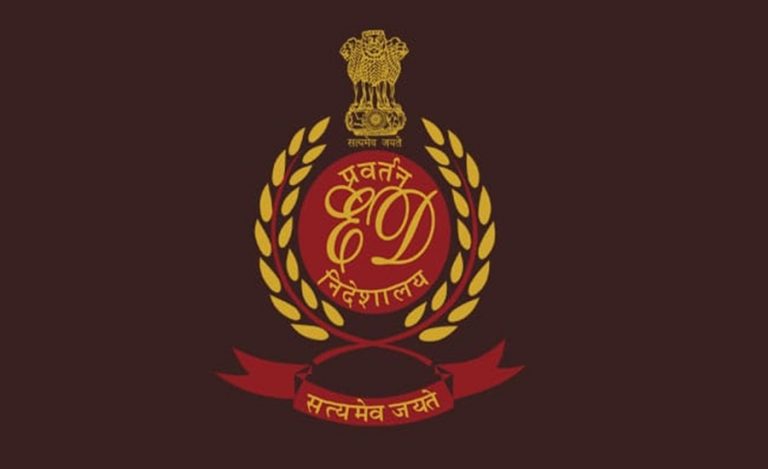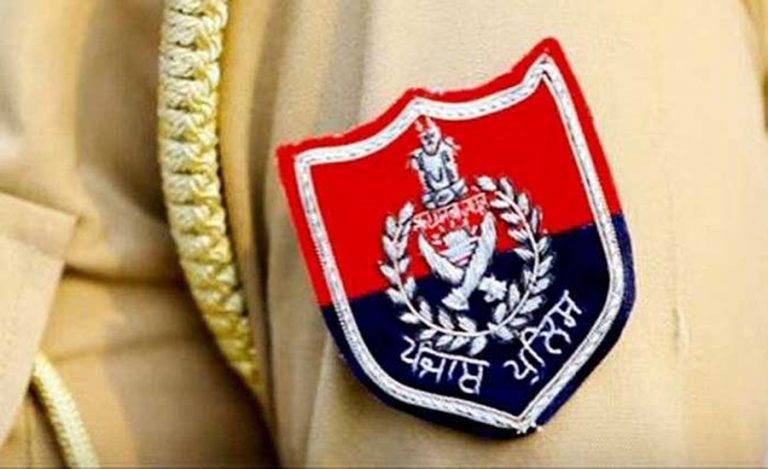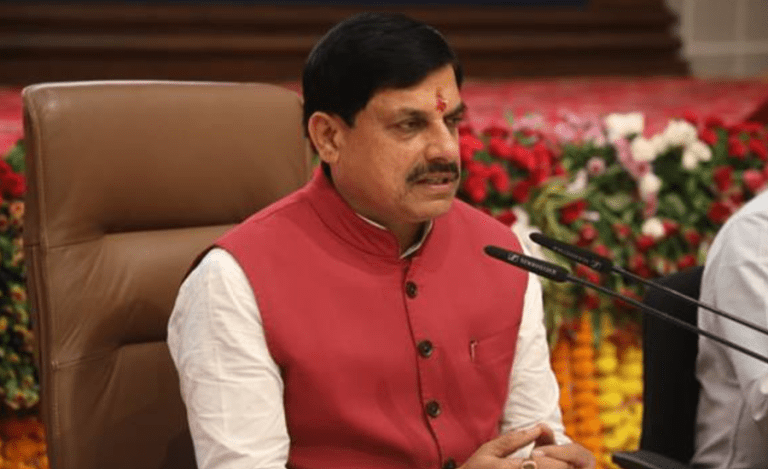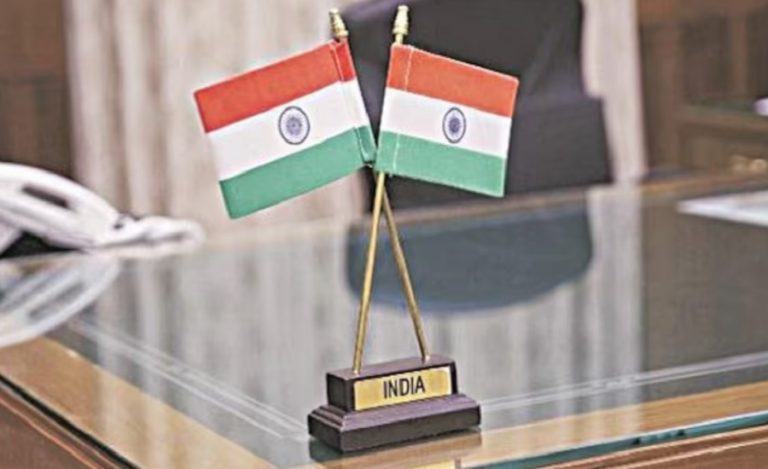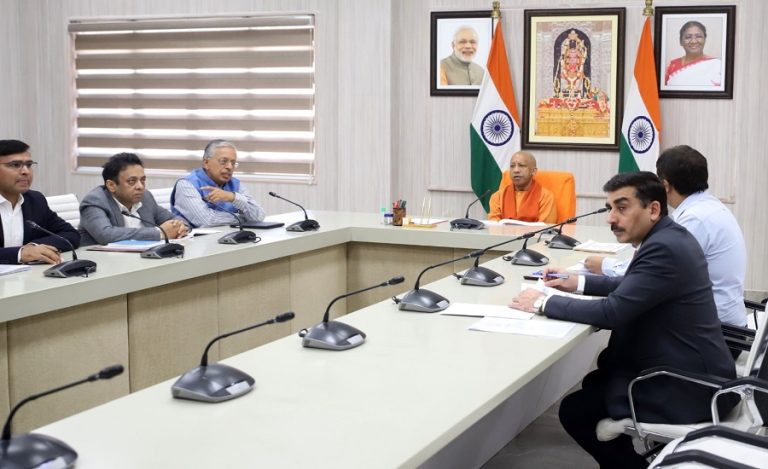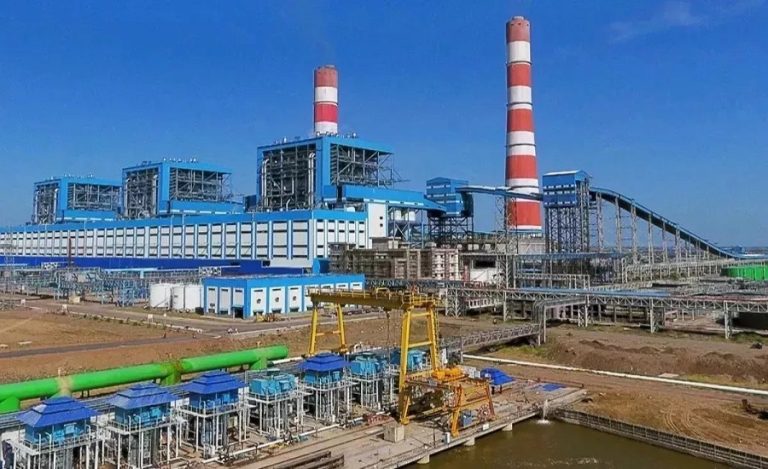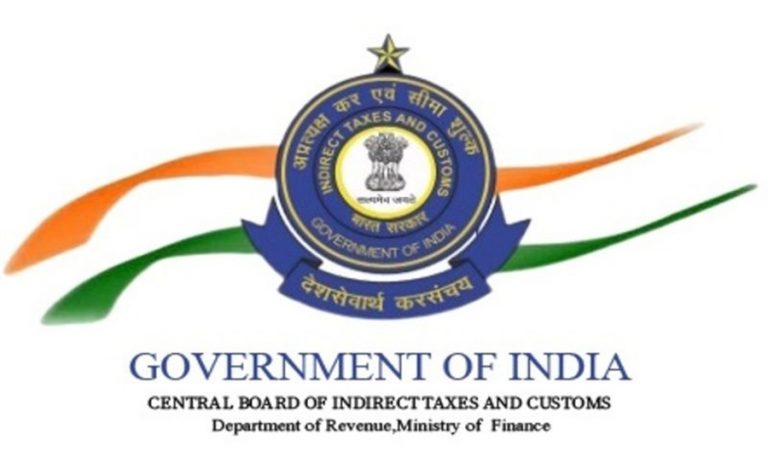Khaliapali is a small village in Sonepur district in Odisha, located about 20 kms away from the district headquarters. It is the place where saint-poet Bhima Bhoi set up an ashram in 1877 and worked relentlessly for the propagation of Mahima Dharma from there. He raised voice against social injustice and casteism, for which he was loved by the masses. After his death in 1895, his followers erected a huge temple over his Samadhi place.
However, over time, this place ended up as ruins and became a forlorn place crying out for attention. An IAS officer of Odisha cadre noticed this and undertook a mission to restore it to its past sanctity.
Speaking to Indian Masterminds, the 1995-batch IAS officer, Mr. Bishnupada Sethi, who is currently Principal Secretary, Social Security and Empowerment of Persons with Disability, Odisha, went back in time to narrate the story of the restoration of the samadhi of the modern saint-poet to its rightful place of honour.
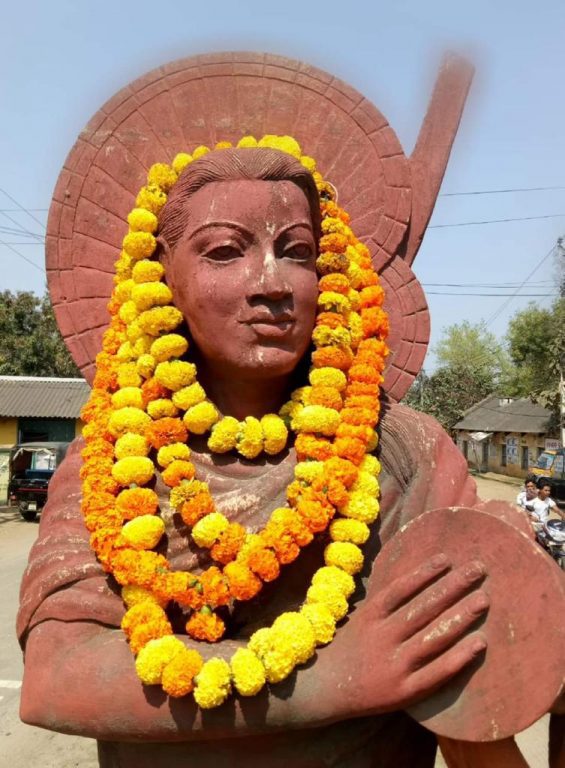
SAINT OF THE COMMON MAN
Bhima Bhoi was the saint of the common man. He spoke their language and addressed to their inner feelings and spiritual needs. He composed numerous bhajans and wrote several books to spread the message of his professed religion. His pioneering work ‘Stuti Chintamani’ is the most revered religious text of Mahima Dharma. Today, he is revered and his bhajans sung not just in Odisha, but even outside of it.
He was the first to allow the entry of women to the fold of his religion and ashram, quite unheard of then, in the 19th century. For the first time, the region saw some sort of liberation movement for women. In the process, he incurred the wrath of the powerful sections of the society. Undeterred, he kept on preaching against the existing social order.
He urged his followers to rise above caste, creed and gender bias and follow a righteous way of life to gain spiritual awakening. At that time, the lower caste people did not have temple entry rights. Hence, for them, Mahima Dharma provided the much-needed succor for their spiritual aspirations.
YEARS OF NEGLECT
After his death in 1895, his followers erected a huge temple over his Samadhi. However, after the death of these followers, there was a continuous neglect for about a 100 years. As a result, most of the people in Odisha started forgetting the importance of this place.
Cracks developed in the main temple and the narrow earthen road leading to the Samadhipitha was in very bad condition making it extremely difficult to approach the place, particularly in rainy season.
Close to the main temple, there were also small monuments over Samadhis of the family members and other close followers of the saint-poet, which were in ruins, too.
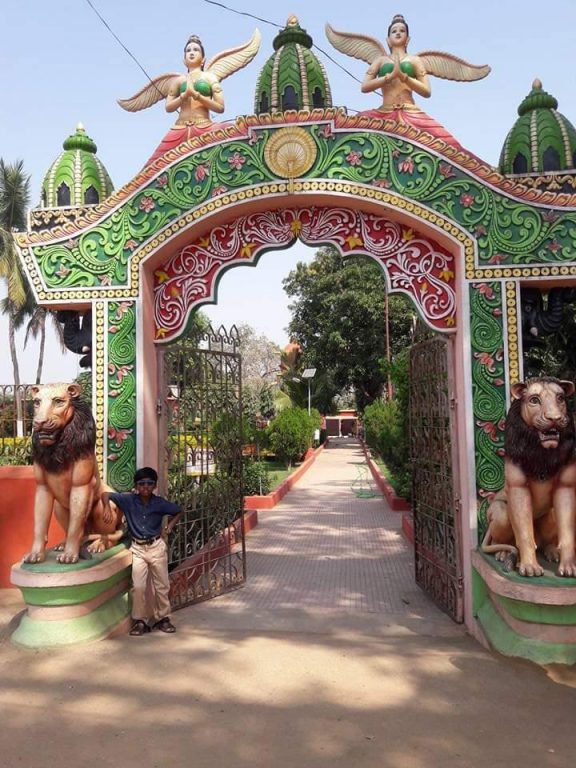
VISIT TO THE RUINS
It was sometime during March 1999, when Mr. Sethi had just started work as the Project Director of DRDA, that he met two spirited gentlemen who invited him to visit Khaliapali to see the ruins.
“Out of curiousity, I went to see the place. I was shocked to see the utter neglect. The temple resembled any another century-old forgotten monument of Odisha. Stray animals moved around freely within the premise as there were no boundary walls, and a big cowshed housing 100 cows hindered easy access to the main shrine. People faced difficulty in approaching the sanctum sanctorum,” he said.
But, he also noticed that unlike other shrines reduced to ruins, this place still had life. Some sadhus were living in thatched mud houses surrounding the main temple and villagers would join them in singing bhajans every evening.
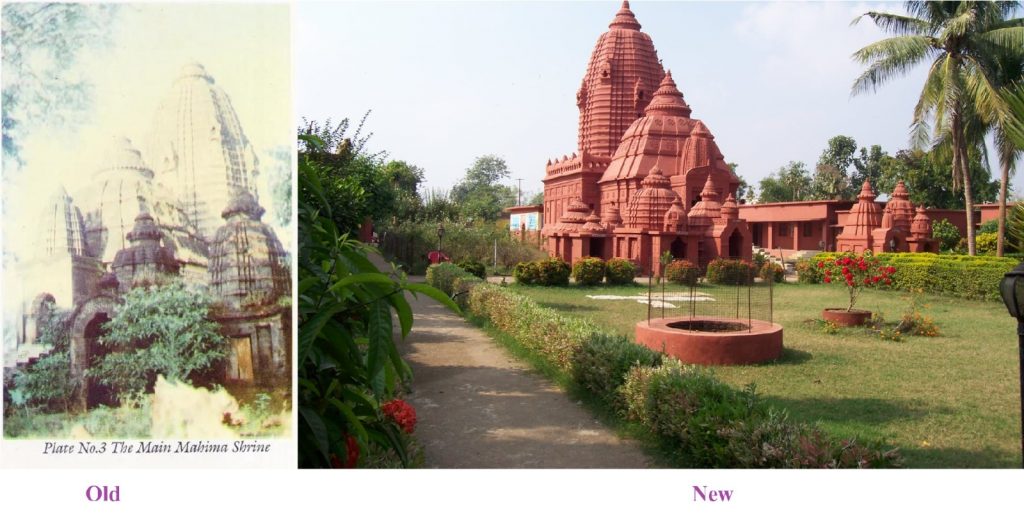
DEVELOPMENT STARTED
As destiny would have it, within few months of this visit, Mr. Sethi became the Collector of Sonepur, where Khaliapali is located. He immediately started thinking about development of the place. Accordingly, a Trust deed was registered for development of the samadhi place, with the Collector, Sub-Collector and Chief Baba of the Samadhipitha as ex-officio members.
While looking for resources, Mr. Sethi came to know about the Sonepur Trust Fund, which had its own history. An amount of Rs. 12 lakhs had been kept in a fixed deposit in a bank, which had also earned an interest of about Rs.2.3 lakhs by the date of maturity.
“As the Administrator of Sonepur Trust Fund, I took custody of the entire amount and decided to spend it for the improvement of the samadhi place. We started with lightning speed as Parliament election was round the corner and the model code of conduct would have come into effect prohibiting all new works,” he said.
So, the estimates were prepared and funds were placed with the Block Development Officer of Sonepur. The Executive Engineer of DRDA worked round the clock with his team of engineers, and the local villagers executed the work under the Block agency.
But, for comprehensive development, more funds were needed and Mr. Sethi decided to pool resources from various government schemes.
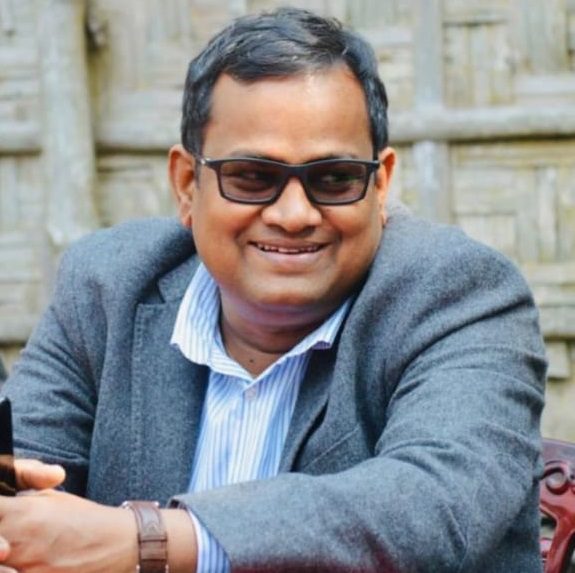
“I put forth a proposal in the Zilla Parishad to construct a road to the Samadhi place and briefed the members about my ideas to make improvements at Khaliapali keeping in view the importance that the place deserved,” he explained.
Soon, a black topped road was made for about 11 kms connecting the Samadhipitha to the main road while approval was taken from the Special Relief Commissioner to utilize the unspent amount of the Drought Grant to undertake roadside plantation work for beautification.
Out of the Sonepur Trust Fund, an office-cum-reading room, sadhu sheds, sauchalaya, bhajan mandap, gate, kitchen, Mata Matha, etc., were constructed. While, a guest house, library and a museum were constructed with funds from the Employment Assurance Scheme. Funds from the horticulture department were used to create a lawn and a garden inside the premise.
The state government was approached for sanction of funds to undertake repairs to the main temple and the construction of a boundary wall, and a grant from the Culture Department was released for the purpose.
“Also, for increased production of food grain in the temple land, we dug a bore well under Krishak Kalyan Karyakarm. It irrigated the land, and produced enough food grain for the sadhus living there,” Mr. Sethi said.
The cowshed housing more than 100 cows was shifted to a place near the fields, that also had a borewell.
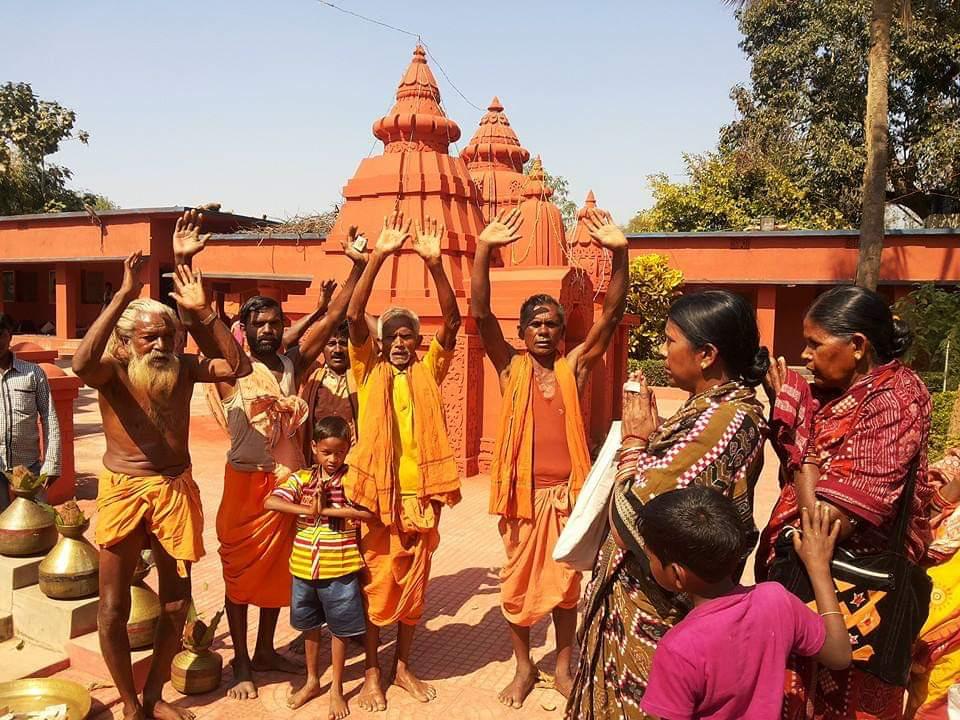
PUBLIC JOINED HANDS
These activities kindled the consciousness of the local people and five villagers came forward to donate their land to the Trust. In few months, the donation was about 7.53 acres of land.
While the boundary wall and gate were under construction, another person wanted the gate to be constructed over his plot where his house stood. He demolished his shelter and a gate was constructed thereon. Even the labourers working at the site donated part of their wages to the Samadhipitha Trust for infrastructure development.
Sadanand Agrawal, a literary giant, took steps to publish a quarterly magazine titled ‘Mahima’ by the Trust. It was also decided to select one person every year for conferment of ‘Bhima Bhoi Samman’. And, with the efforts of volunteers, mobile health camps and legal awareness camps were successfully conducted.
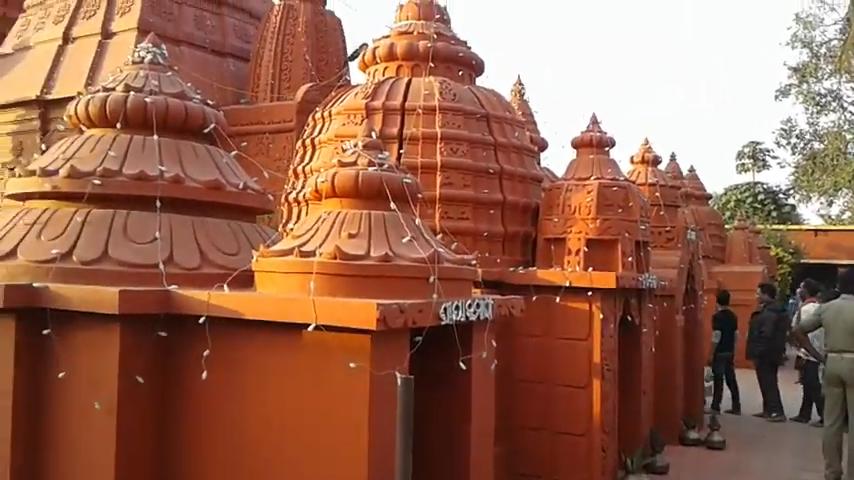
FROM YEAR 2000 TILL NOW
The result was that the place wore a complete new look by the time of Magha Mela in the year 2000, which attracted more than 10,000 people, exceeding the figures of previous years.
More number of visitors, even from faraway places, started coming to Khaliapali to have a glimpse of the place and seek the blessings of the Samadhipitha. Every evening, hundreds of villagers gathered around the sadhus to listen to their bhajans at the Bhajan Mandap.
Today, Bhima Bhoi’s teachings have spread far and wide, from the remote corners of Odisha to the Parliament and the United Nations. President Droupadi Murmu recently quoted him in one of her speeches.
Several universities have created chairs to study Mahima philosophy, and the number of devotees believing in the worship of ‘Void’ have multiplied.
Khaliapali has become a holy place for millions of Mahima devotees from Odisha, Madhya Pradesh, Chhatisgarh, Jharkhand, Bihar and Andhra Pradesh. And, people from Hindu, Muslim, Christian faiths visit the Samadhipitha to seek blessings.
Mr. Sethi said, “It is a great satisfaction to see the rise in the numbers of believers in Bhima Bhoi. His samadhi place, which we attempted to restore, has become an important destination for tourism and pilgrimage in Western Odisha.”

